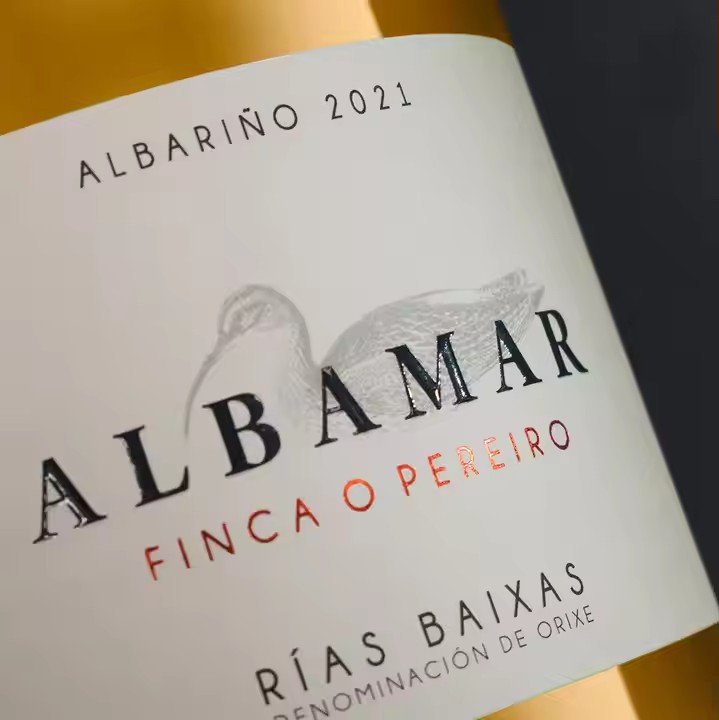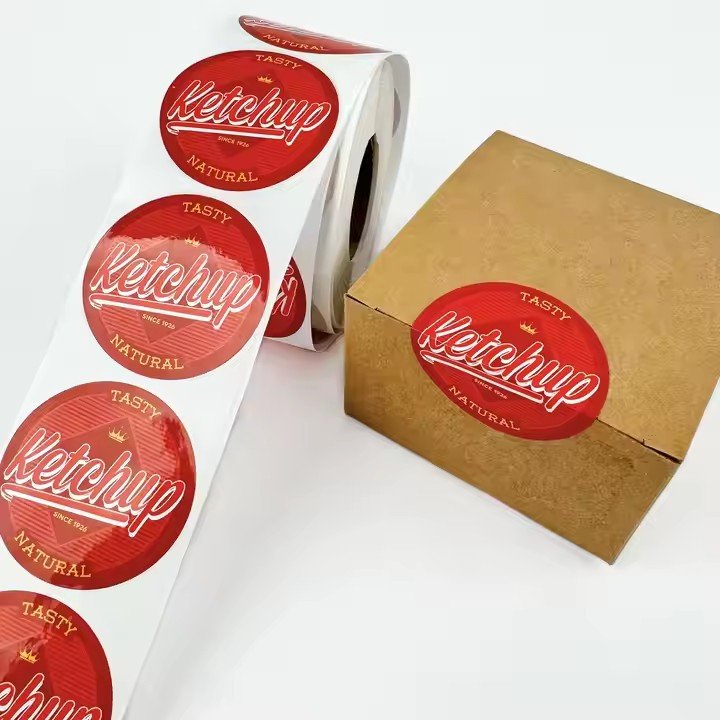- Color: Create Instant Attraction with a “Sweet Palette”
Teenage girls are highly sensitive to color. Label design should move beyond the mature tones common in traditional cosmetics and instead use high-saturation, low-brightness “sweet shades” that express youthfulness and energy through soft contrasts or gradients.
Main Color Palette: Capture the Essence of a “Girl’s Heart”
Choose colors that evoke emotional resonance, such as:
Pinks (cherry blossom pink, peach pink, creamy pink): convey tenderness and sweetness — ideal for lip tints and blush products that emphasize soft, romantic moods.
Macaron shades (mint green, lilac, pastel yellow): fresh and clean — perfect for skincare items like toners and lotions.
Candy colors (bright orange, strawberry red, lemon yellow): vivid but not harsh — ideal for playful makeup products such as eyeshadow palettes or nail polish, enhancing visual impact.
Avoid dark tones (pure black, deep brown) or cold metallic hues (silver, dark gray), as these can create emotional distance and conflict with youthful aesthetics.

Color Coordination: Soft Contrasts + Gradients for Layered Visuals
Monotone designs can feel dull; create hierarchy through balanced combinations:
Use 70% main color (e.g., peach pink), 25% secondary color (e.g., milky white), and 5% accent color (e.g., light gold) for unity with visual highlights.
Add gradient effects: for instance, use a pink-to-orange gradient on lip tint labels to simulate the “blurred tint” effect, or a purple-to-blue gradient on eyeshadow palettes to mirror the color scheme inside — forming a “visual echo” between packaging and product.
- Graphics: Evoke Emotion Through “Cute Motifs and Storytelling Scenes”
Teenage girls are drawn to designs that are cute, comforting, and story-driven. Instead of relying solely on logos and product names, use graphics that spark emotional resonance while communicating the core benefit of the product.
Key Visual Elements: Adorable IP + Tangible Selling Points
Cute IP characters: Create exclusive mascots (e.g., a chubby bear, a short-haired girl, or a soft kitten) that personify the product. For instance, a hydrating mask label could feature a “bear hugging a water droplet,” visually expressing moisture and gentleness; an oil-control cleanser could depict “bubbles washing away excess oil,” simplifying product function through imagery.
Storytelling graphics: Replace abstract icons with familiar scenes. For example, a night-repair eye cream label could show “stars cuddling under a moon,” representing late-night recovery; a waterproof mascara could show “raindrops sliding down lashes,” emphasizing waterproof performance.
Layout: Clean and Airy, Avoid Clutter
Teenage consumers prefer light, organized visuals.
Front label: Keep only the main illustration (mascot) and product name, occupying no more than 60% of the label, with the rest left blank or softly shaded.
Back or side label: Integrate icons into ingredient and usage information — e.g., a small water droplet next to “hyaluronic acid,” or an orange next to “vitamin C” — making dense text more engaging and readable.
- Typography: Convey Lightness Through “Rounded Fonts and Playful Layouts”
Typography is the second language of a label. For girl-oriented cosmetics, avoid sharp or heavy typefaces and instead choose fonts that are rounded, soft, and lively, reflecting a youthful, easygoing personality.
Font Selection: Prefer Gentle, Avoid Rigid
Product name: Use rounded cartoon fonts (e.g., ZCOOL KuaiLe, FZ Kids) or light handwritten styles (e.g., PangMen ZhengDao Brush, HYTiaoTiao font). For instance, the label “Peach Lip Tint” could use a handwritten script with gentle curves, evoking the softness of a bite into a peach.
Information text (ingredients, usage): Choose clean sans-serif fonts (e.g., Source Han Sans Light, Microsoft YaHei Light) in 8–10pt size, ensuring legibility. Use low-saturation colors (e.g., light gray, soft pink) to avoid competing with the main visual.
Layout Logic: Break Convention and Add Interaction
Tilt product names by 10–15°, or let them interact with illustrations — e.g., a cartoon bear’s paw resting on the product name — to create dynamic movement.
Add playful guides such as small arrows or speech bubbles pointing to text (e.g., a bear’s hand with an arrow directing to “How to Use”), making the reading process more enjoyable.
Material and Finishing: Enhance Premium Feel Through “Touch and Detail”
Teenage girls care not only about how a label looks but also how it feels. The right material and finish can transform a label from a flat visual element into a multi-sensory experience, enhancing perceived quality.

Material Selection: Prioritize Soft, Textured Bases
Base materials: Avoid glossy coated paper. Use matte-touch paper (with a velvety texture similar to suede) or pearl paper (subtle shimmer, ideal for highlighting products like highlighters or eyeshadows).
Special materials: For premium lines, use transparent PET (e.g., lip tint tubes with printed gradients revealing the inner color for “inside-out harmony”) or cotton paper (ideal for natural skincare lines to convey mildness and purity).


